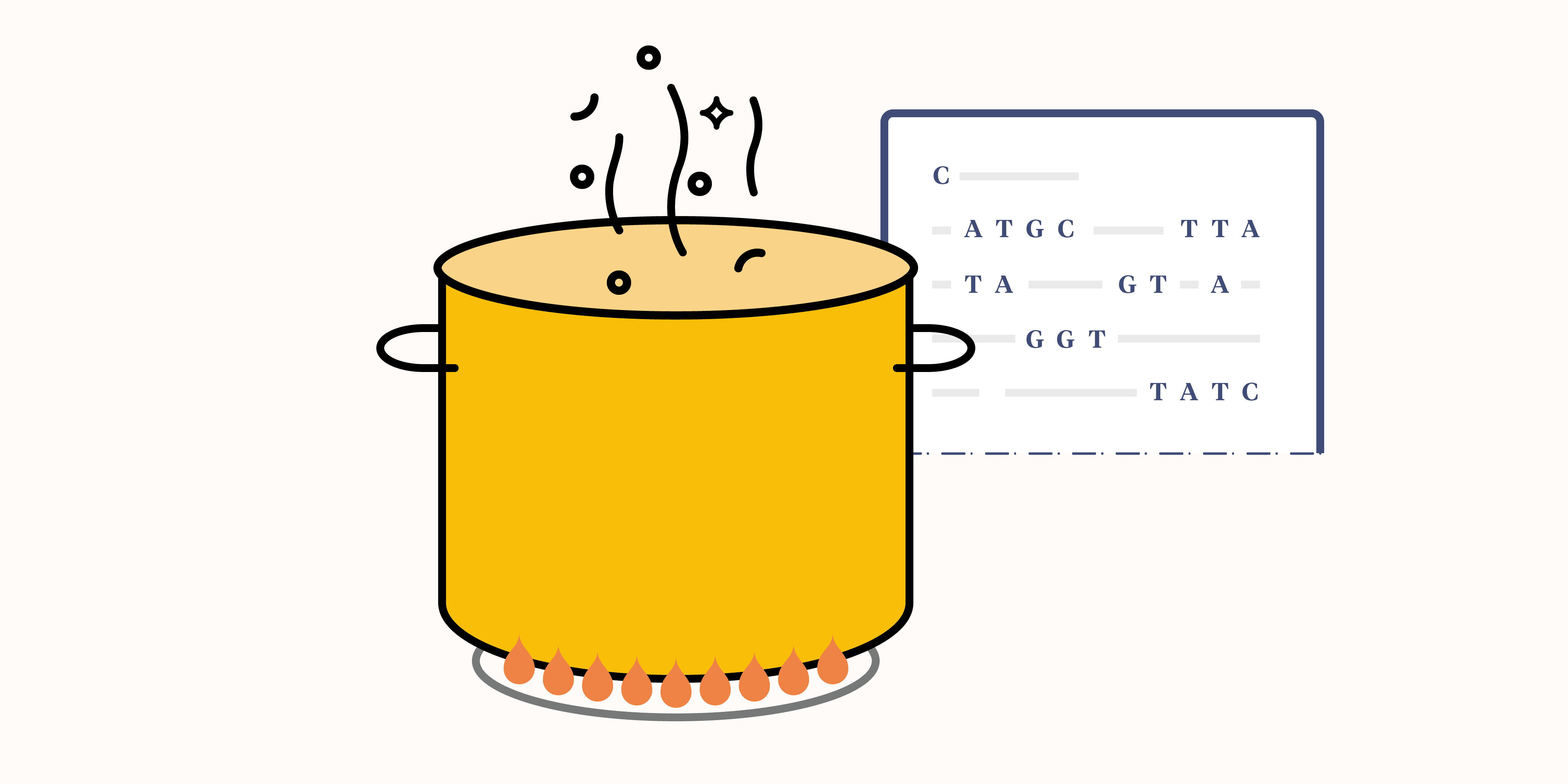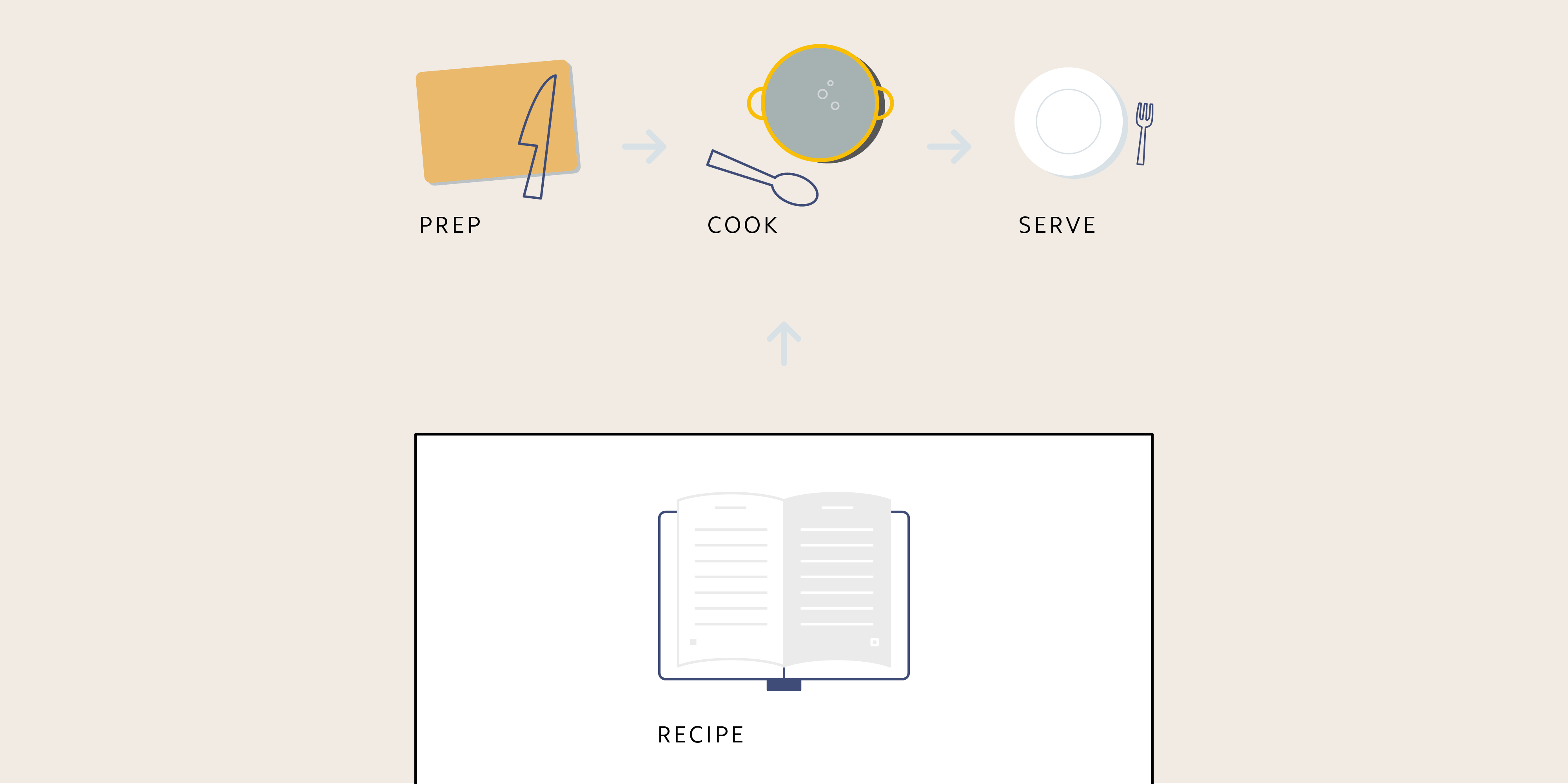How does the information in our DNA build life?

We often use the analogy of a book to describe someone’s DNA. Within our genome, there are billions of letters that form the instructions needed to build a human being. The arrangement of these letters matter, just as the arrangement of letters in a book matter. But this analogy doesn’t tell you the whole story—it doesn’t explain how the information coded within our DNA is used. To understand this part of the story, you need to know about ribonucleic acids, or RNA for short.
RNA is a biomolecule that’s found in every cell of your body. Like DNA, RNA is made of nucleic acids that are strung together to form messages. The contents of these messages can vary—and there are multiple different types of RNA in a cell—but today we’ll just be talking about one specific type of RNA known as messenger RNA (mRNA for short). mRNA is critical to the function of a cell because it allows the DNA to be read and used for building proteins. That’s a short sentence with huge implications, because proteins carry out the vast majority of processes in your body—processes like reading messages in the DNA, communicating between cells, and metabolizing nutrients to name a few. In fact, the trillions of cells in your body are made from proteins. In a very real way, you are made of proteins. Without mRNA, the protein coding information in our DNA would be inaccessible and you could not exist.
At this point, you might ask yourself why we even have DNA if mRNA is able to carry the same information. The answer lies in some important structural differences between mRNA and DNA.
“R” versus “D”
The nucleic acids used in RNA are slightly different from those in DNA (remember, DNA stands for deoxyribonucleic acid). Notice how similar that name is to ribonucleic acid, or RNA. The only difference is the term “deoxy-,” which means the nucleic acids in DNA lack an oxygen molecule that’s present in RNA.
mRNA is single stranded. Recall that DNA is a double-stranded molecule, which means nucleic acids are lined up in base pairs: A lines up across from T, and G lines up across from C. For any given sequence, there are actually two lines of nucleic acids. This is important because—among other advantages—being double stranded gives DNA structural strength, making it far more difficult to break or alter. This allows DNA strands to stretch for millions of base pairs and maintain structural integrity. mRNA is not like this; it’s single stranded, which makes it more readily broken or destroyed than double-stranded DNA. Because of this, mRNA often doesn’t survive very long within a cell.
Our cells have figured out how to take advantage of both molecules to help build our bodies. DNA is so important that it is spatially confined to the nucleus. The machinery that allows our cells to build proteins, known as ribosomes, are located outside of the nucleus, which presents a logistical problem—it’s a little like having a team of cooks confined to the kitchen while their recipe book is in another room. In order to make the food (or protein), they need someone to bring them the appropriate recipes from the book. This is essentially the role of mRNA—take messages from the DNA and carry them to the ribosomes (or cooks) outside of the nucleus.
To do this, proteins bind with the DNA and form an mRNA strand that mirrors the gene coding for a protein. When the mRNA leaves the nucleus, it takes most of this information with it. But not all of the information in a DNA sequence is converted into mRNA—some of it is left behind. Here again it helps to look at DNA as a recipe book: You can imagine that there are advertisements or little “fun facts” here and there that accompany various recipes. This information isn’t necessary for cooking a meal and wouldn’t be used when relaying a recipe to a frantic cook. Communication between DNA and ribosomes is similar. mRNA doesn’t bring an exact replica of the entire DNA sequence in a gene. Instead, it brings only portions of a gene that are important for making the protein. These portions are known as exons. The stuff that gets left behind comprises the introns. mRNA also carries some sequences that don’t code for a protein, but are needed to help the ribosomes interact with the mRNA (kind of like an instruction in the recipe book that says “step one”).

Information from the DNA is coded into mRNA. That mRNA leaves the nucleus of the cell (the white region) and is used by ribosomes to create other proteins. Similarly, information from a cookbook can be relayed to a person preparing a meal. Using cooking utensils and the instructions from the cookbook, the meal is made and ready to serve.
So, back to the main question: How does the information in our DNA actually get used to build humans? There are many parts to the answer, but a simple summary goes like this. Proteins bind to genes (or at least near them) within our DNA. The proteins read the DNA and create mRNA based on the gene’s DNA sequence. This is an active process, and the protein slides along reading the DNA as it goes while simultaneously making RNA. That RNA is then processed into mRNA so that it only has the important information needed to help the cell build a protein. The mRNA then leaves the nucleus and goes to the ribosomes, where it’s read used to build a protein that is unique to that specific DNA sequence.
Your body does this with tens of thousands of different genes, which allows it to make many different kinds of proteins. These proteins then aggregate and work together to form cells. Cells aggregate and work together to form tissues and organs. Tissues and organs work together to form organisms.
And that is how your DNA is used to build a human being.